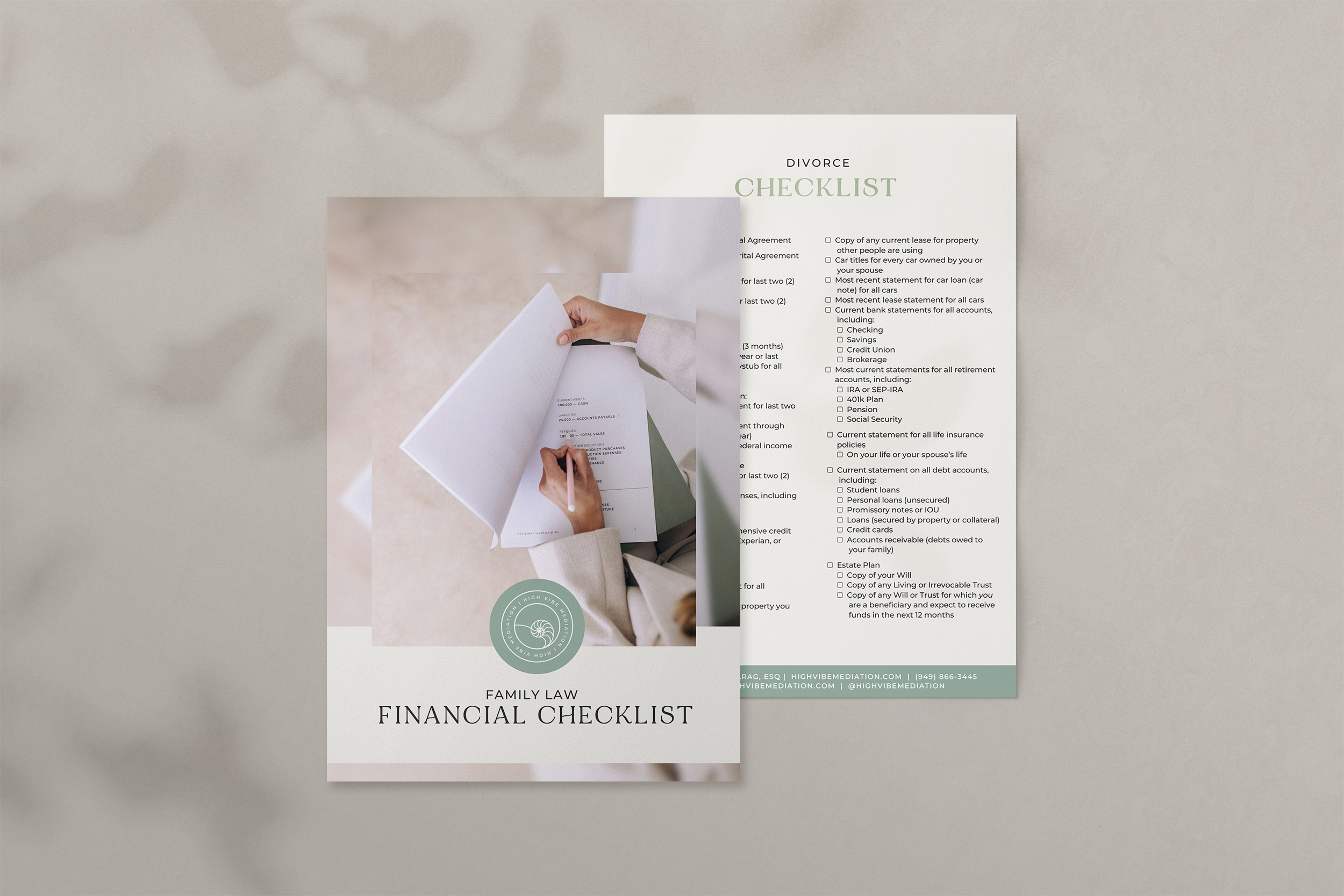10 Lead Magnet Ideas to Grow Your Email List
Building an email list is crucial for any business aiming to cultivate a loyal customer base and drive sustainable growth. Email marketing allows for direct communication with your audience, providing a personal touch that social media often lacks. It enables you to share exclusive content, promotions, and updates, keeping your brand top-of-mind. Additionally, owning an email list means you have control over your audience without being at the mercy of algorithm changes on social platforms. An engaged email list can boost conversions and foster customer relationships. One of the most effective ways to build your email list is through lead magnets. Lead magnets are valuable offers you provide to your audience in exchange for their contact information, helping you grow your contacts.
P.S. I have a bunch of products in my library that would be perfect for lead magnets!
Here are 10 lead magnets examples to grow your email list.
1. E-book or Guide
Offer a comprehensive guide on a topic related to your industry. For instance, if you are a meditation coach, create an e-book titled "Meditation 101." This not only showcases your expertise but also provides immense value to your audience, encouraging them to engage further with your brand. You can find this similar workbook in the library.
2. Checklists
Provide a useful checklist that helps your audience complete a task or reach a goal. Checklists are easy to digest and highly actionable, making them an attractive lead magnet. For example, I created a family law financial checklist for a client who offers divorce and custody mediation services.
3. Templates
Offer downloadable templates for common tasks, like business plans, resumes, or social media calendars. Tailor these templates to fit within the context of your spiritual business. For instance, a yoga studio might offer a "Weekly Yoga Class Planner Template" to help students organize their practice schedule.
4. Resource Lists
Curate a list of valuable resources, tools, or references that your audience would find beneficial. A resource list can save your audience time and effort, making it a highly appreciated lead magnet. For example, a crystal healer could provide a "Top 10 Crystals for Healing Resource List."
5. Free Trials
Offer a free trial of your product or service. Free trials give potential clients a taste of what you have to offer, increasing the likelihood of them becoming paying customers. For instance, offer a free distant healing if you are a reiki practitioner. Use their name from the email address to send them (and others on your email list) a short, collective healing.
6. Discounts or Coupons
Provide exclusive discounts or coupons to new subscribers. People love saving money, and offering a discount can be just the push they need to try out your services or products.
7. Workbooks or Journal
Develop a workbook or journal that helps your organize their thoughts, actions, or projects. A start-up business workbook was offered by my client who coaches therapists to start their own practices.
9. Calendars or Schedules
Offer downloadable calendars or schedules tailored to your audience's needs. These can be particularly useful for planning spiritual practices and events. For example, you could provide a lunar calendar for spiritual rituals.
10. Tutorials or How-to Guides
Create step-by-step tutorials or how-to guides on topics related to your business. These guides can help your audience learn new skills and deepen their knowledge. For example, a Feng Shui Practitioner could offer a step-by-step guide to smudging your home.
Lead magnets are a powerful way to build your email list, engage with your audience, and grow your spiritual business. By offering valuable, relevant content, you'll not only attract new leads but also establish trust and credibility within your community. If you are looking for a lead magnet or other business marketing materials and forms, check out my library for over 100 items to help find potential customers, provide value, and encourage them to engage further with your business.


